The Portland Museum of Art has been using the large wall in its most interesting space to mount an ongoing salon-style display of paintings by Mainers. Smart and well-executed, it changes often.
Recently, one piece has cut through the impressive crowd with a powerful presence beyond anything in the room: Tom Hall’s oil, collage and mixed-media “Clear Cut # 28 (William’s Mountain).”
“Clear Cut #28” shows the edge of a dark forest with the last bits of daylight streaming horizontally through the black-silhouetted trees. The sky is heavily varnished over what feels like ages of wizened newspapers. Hall’s blacks shift between dry matte and glossy patches that seem to reflect your gaze as much as the light. It is grim but bittersweet and beautiful.
Hall’s ability to convey profound meaning through his aesthetic makes him an uncommon painter.
This content can be seen and felt with depth at Hall’s exhibition of new paintings at the June Fitzpatrick Gallery in Portland. Within a body of his work, the rigor of Hall’s subtleties is revealed. And the tonal grace of his moral program lies quietly in its Apollonian grandeur under an explosively bleak and emotionally charged veneer.
But seeing just one of Hall’s paintings in the company of his peers – Maine’s greatest painters – reveals something very different and, in historical terms, more important. Hall’s power doesn’t come from outshining his peers on shared turf. Quite the opposite: It comes from the clarity of his personal vision.
Hall’s most powerful paintings rely on crepuscular light – not for the luscious colors of our blazing local sunsets, but for a sense of urgency before the coming darkness.
Hall’s full nocturnes are softer, sleepier and less dangerous. On a basic level, this difference is almost akin to the way our culture represents being dead far more calmly than the way we fearfully imagine impending death.
The success of Hall’s paintings lies in his ability to balance and interweave the content of his works with his painterly abilities. Hall’s forms are powerful: Under the unconquerable shape of the tree in “Bridgton Orchard,” for example, we see his stark and inspired drawing. His smaller landscapes, like “Upper Field 2” (7 x 14 inches), reveal a sense of composition that is no less masterful than it is minimal. The ostensibly empty sky of “Toward Canada 2” reveals Hall’s incomparable handling of varnish which he uses variously to obscure, unify, age and complicate his surfaces, even matching its yellowing qualities with collaged bits of newspaper to comment on the constructiveness and fragility of memory. (Hall underscores our weaknesses much like the ghosts in Charles Dickens’ “A Christmas Carol,” and he, too, does it for the right reasons.)
Let me be clear: Hall is a great painter. His surfaces, paint-handling, drawing, composition and sense of color (oh, yes, especially his monochromes) are all extraordinary. But what makes Hall great isn’t his stellar technique or his impressive talent with a brush. It is his ability to give fully integrated painterly form to his profound moral, emotional, cultural, social and artistic content.
Hall’s topological content allows him to dig deeply in several directions at once with a single painting. As a landscape, his work connects Hall to the art history of painting and the societal role of culture. As an environmentalist statement, it connects him to current, real-world societal issues. As a declaration of conscience, it announces Hall’s moral humanism.
What’s so significant is his ability to do all at once. Instead of winding up with environmentalism as his work’s ultimate statement, Hall doubles down the environmentalist approach as cultural model in defense of art as a force for good, landscape painting as a most relevant and powerful mode of contemporary art (and it is this specifically that puts Hall at the head of the line in Maine art) and the idea that it is through culture that we model morality.
It is very rare that art reaches so broadly with so much moral and cultural impact. To fully understand Hall’s achievement, we need to look at similarly ranged art. One such work is Augustus Saint-Gaudens’ 1884 “Robert Gould Shaw Memorial” in Boston Common. In the high relief sculpture, we see Shaw riding to battle against the Confederacy (and slavery) with his troops – the 54th Massachusetts Volunteer Infantry.
It is a zenith moment of American morality: While Shaw was affluent and white, his troops were black, and yet Shaw and all of these men volunteered to give their lives for the right reasons. (Not surprisingly, they were ordered to their own slaughter at the head of an impossible attack.)
Like Hall’s painting, the story is grim and beautiful.
And it matters that it’s a story (it’s true, but it’s a story nonetheless) told in many forms ranging from Saint-Gaudens’ great sculpture to a Hollywood film, “Glory” (1989), starring Matthew Broderick and Denzel Washington.
History may teach us about heroes, but it is through culture and art that we learn how to be heroes (not just the national anthem, the flag and the Lincoln Memorial, but books, paintings, photos, movies and every other scrap of our culture that tells about morality or heroism: In other words, all of it). It’s not the stuff of stiff historians who tell us about courageous outcomes, but of writers like Stephen Crane who help us understand how people face fear. Ethics are built on shared words and institutionalized doctrines, but morality, Hall reminds us, is not defined by what you do, but by why you do it.
Facing death is not heroic in itself, but choosing to face death for the right reasons is. Hall’s reach over this subject is as subtle as it is broad: He presses us to question ourselves, as people who will all ultimately die, as to whether we are facing death with our hearts in the right place.
Hall’s work could be (and often should be) discussed simply as painting: His Fort Gorges paintings should be compared to James McNeill Whistler’s groundbreaking nocturnes or to Winslow Homer’s “Summer Night.” His use of collage to blend critical and poetic voices should be contrasted with Hannah Höch’s work. And Hall’s paintings never look better than when compared to abstract expressionism. But these qualities and questions are apparent in person: Halls paintings are hardly fleeting or rarefied. They are tangibly powerful.
Hall’s strongest paintings are grim. But the apogee of humanity at our best and most beautiful moments repeatedly takes place under the grimmest of circumstances. Bold and bittersweet, Tom Hall wants us to be ready.
Freelance writer Daniel Kany is an art historian who lives in Cumberland. He can be contacted at:
dankany@gmail.com
Send questions/comments to the editors.

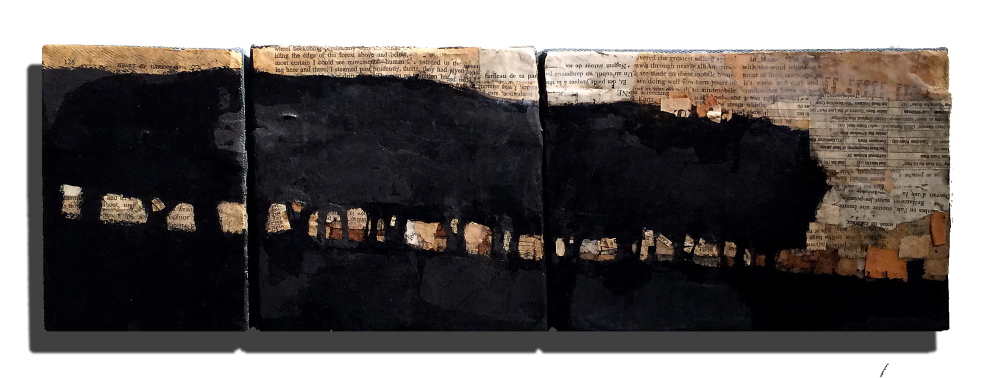
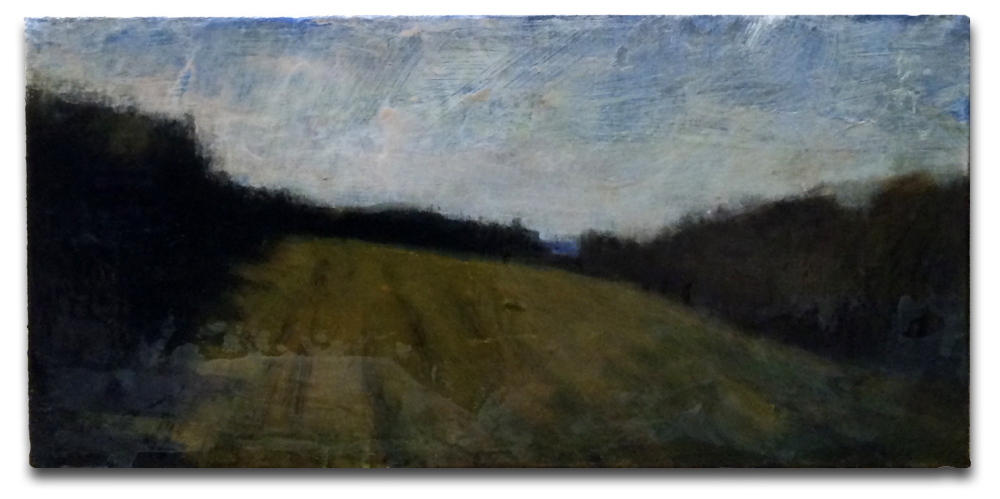
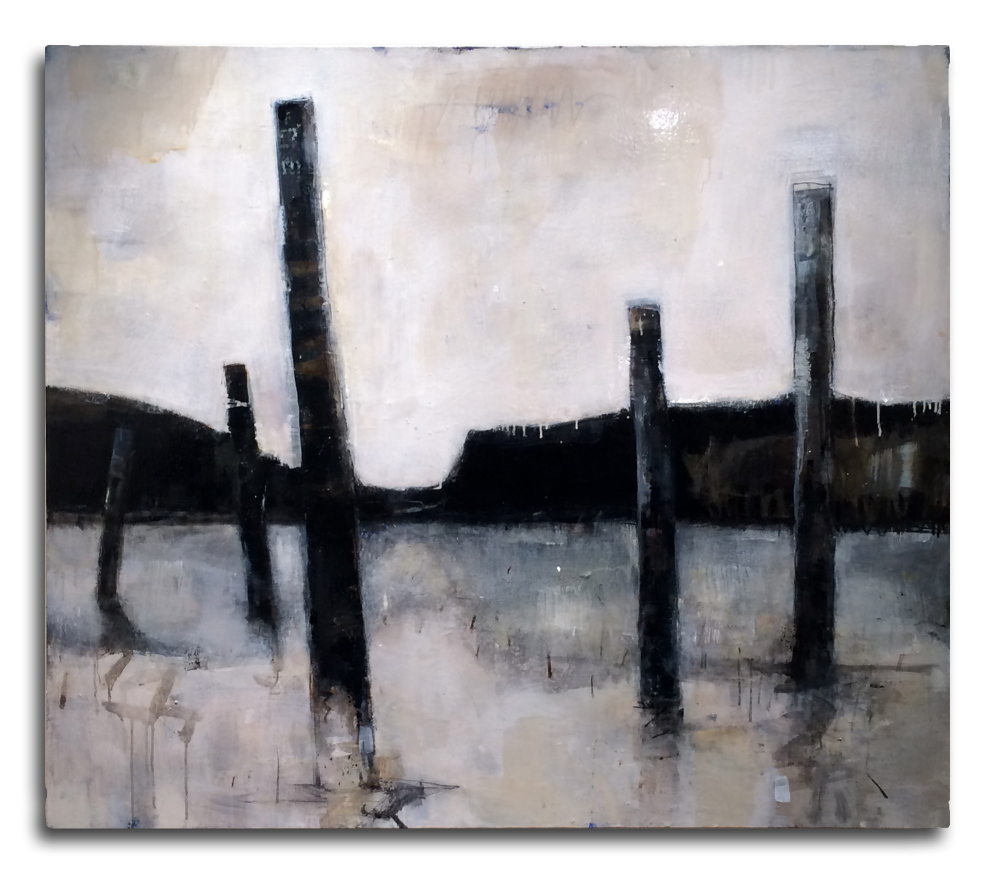
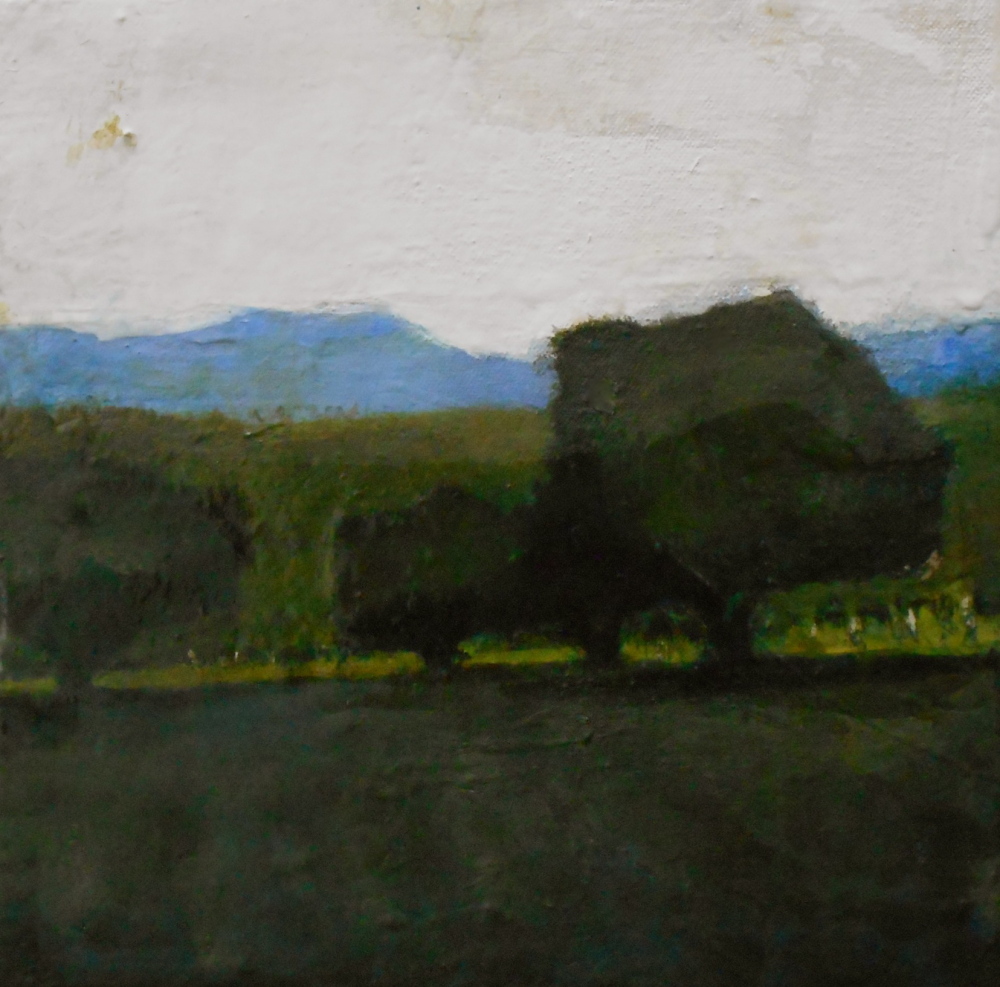
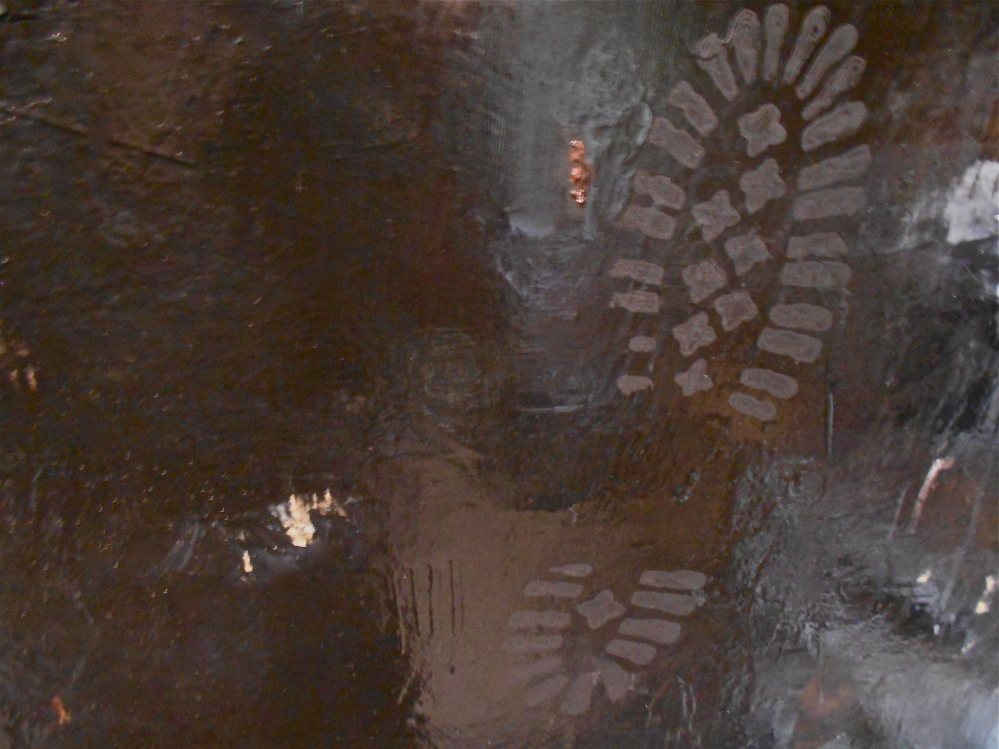

Success. Please wait for the page to reload. If the page does not reload within 5 seconds, please refresh the page.
Enter your email and password to access comments.
Hi, to comment on stories you must . This profile is in addition to your subscription and website login.
Already have a commenting profile? .
Invalid username/password.
Please check your email to confirm and complete your registration.
Only subscribers are eligible to post comments. Please subscribe or login first for digital access. Here’s why.
Use the form below to reset your password. When you've submitted your account email, we will send an email with a reset code.